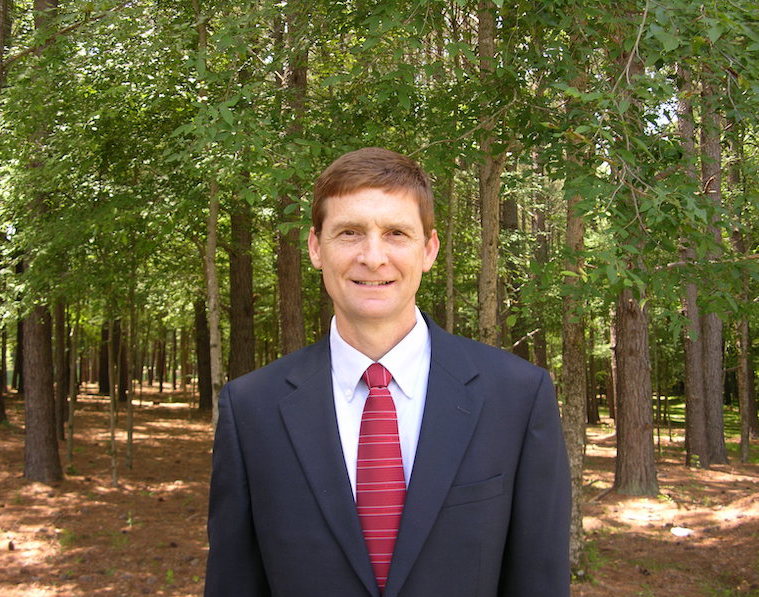Q: I noticed that UNC-Chapel Hill is converting its football stadium playing surface from synthetic turf back to natural grass. Why would they do that?
[Author’s note: This question came from someone outside the sports field management industry.]
A: A full account of the reasons would need to come from UNC’s director of athletics. I can only provide reasons reported by their athletic department along with some background as to why they may have made this decision.
As per reports, the playing surface in Kenan Stadium will be renovated in early spring 2025 to natural grass (Tahoma 31 hybrid bermudagrass), with a synthetic turf perimeter. Using synthetic turf outside the playing surface is a design that can help maintain a turfgrass-like surface consistency in this area of low sunlight, high traffic, and excessive runoff from the field and stands – factors that can make growing healthy natural grass challenging.
According to UNC’s director of athletics, their current synthetic turf surface is reaching the end of its lifespan, which prompted them to discuss what surface they wanted next. The stadium field had a natural grass surface for most of its 100-year history until a synthetic perimeter was added in 2017 when the hedges and fences were removed. Then, in 2019, the entire field was renovated to a synthetic turf surface, coinciding with Mack Brown’s return as head football coach. The new field design will be very similar to the design used from 2017-2019.
This change from synthetic back to natural grass also coincides with a change in the head football coach. According to reports from the university, new Head Coach Bill Belichick wants to run his program as close to a professional organization as possible. According to a 2024 NFL survey, more than 90 percent of professional football players prefer playing on natural grass. The NFL players union voiced its concerns in 2024, urging the league to require natural grass surfaces in all stadiums. The players union cited data collected for the NFL that indicated lower-extremity injuries are much more common on synthetic turf surfaces than on natural grass. Perhaps Coach Belichick is bringing those concerns to the school’s athletic administration when suggesting his desire to switch to a natural grass surface.
The primary reasons teams use synthetic turfgrass surfaces with open stadiums is for multi-use versatility of the surface for other events, as well as a consistent field surface regardless of weather conditions. Kenan Stadium has been used for non-sporting events such as commencements; and the field has also been used for conditioning, practice and play for various varsity sports during the renovation of their specific sports facilities. The football team has a synthetic surface available for use in their indoor practice facility, along with several other outdoor synthetic sports fields on campus. So, they will still have access to a synthetic surface for practices as needed.
Another factor that may have contributed to the changeover decision is that during the last two years Kenan Stadium hosted two international soccer matches, requiring the Athletic Department to install thick-cut sod over the top of the synthetic turf surface as a temporary natural grass surface. With a permanent natural grass surface, hosting future international soccer events in Kenan Stadium would require far less field preparation.
I am sure there are several other tangible and intangible reasons that UNC discussed before finalizing their decision. A significant factor I hope they considered is that their field management staff possesses the expertise needed to manage a great natural grass field. Kenan Stadium won the 2018 SFMA Field of the Year in the college football category, and UNC’s Dorrance Field won the 2021 SFMA Field of the Year in the college sporting grounds category. Their dedicated sports field managers are sure to provide athletes with the best surface possible.
Grady Miller, Ph.D.
Professor and Extension Turf Specialist
North Carolina State University
Questions?
Send them to Grady Miller at North Carolina State University, Box 7620, Raleigh, NC 27695-7620, or e-mail grady_miller@ncsu.edu
Or send your question to Pamela Sherratt at 202 Kottman Hall, 2001 Coffey Road, Columbus, OH 43210 or sherratt.1@osu.edu

